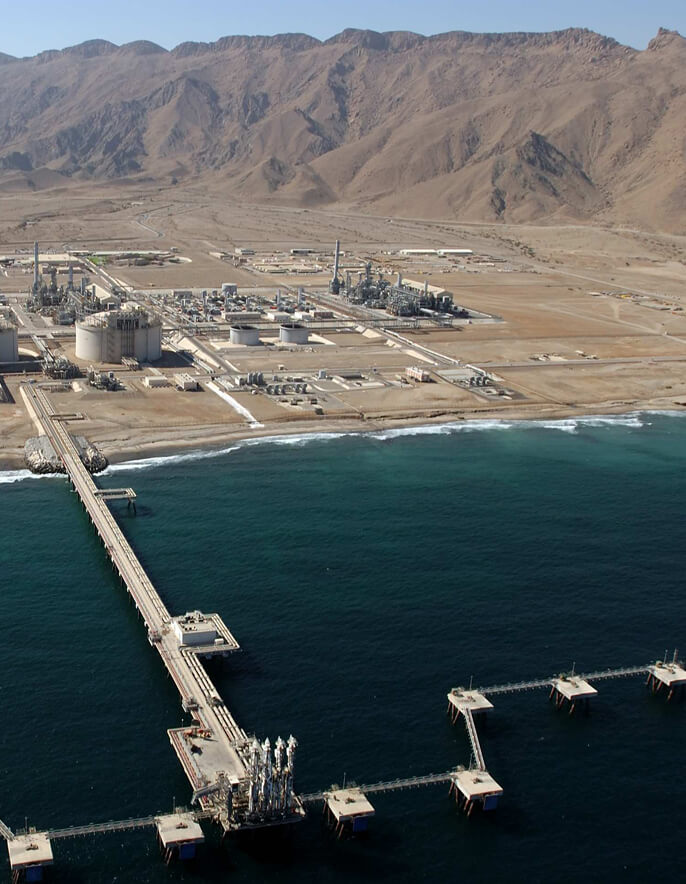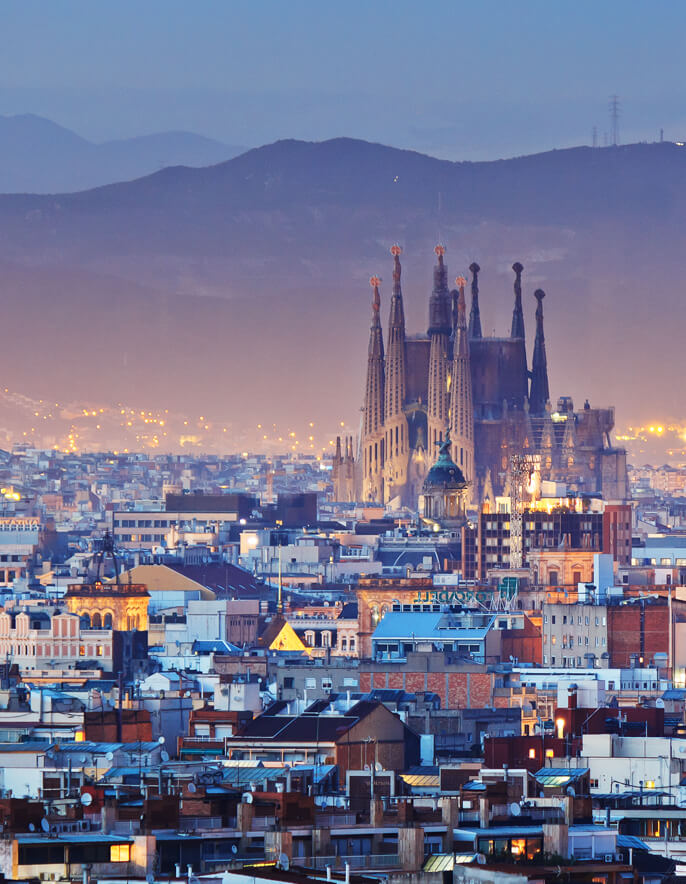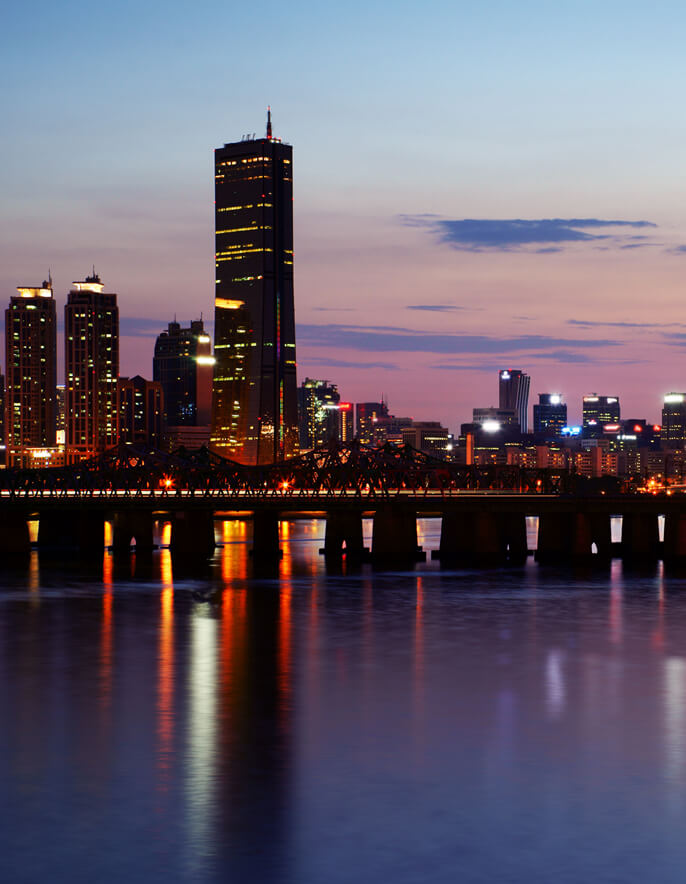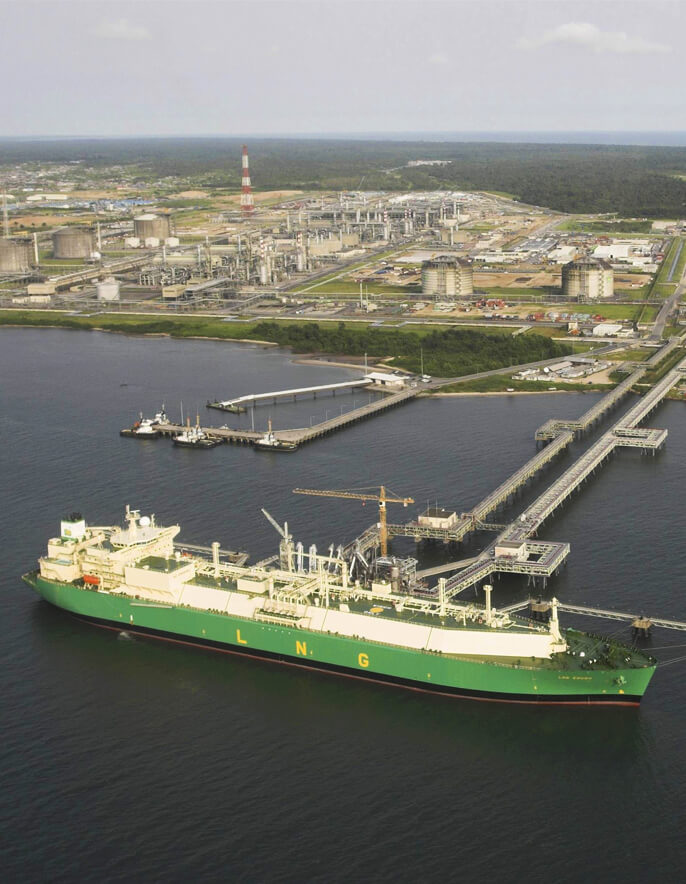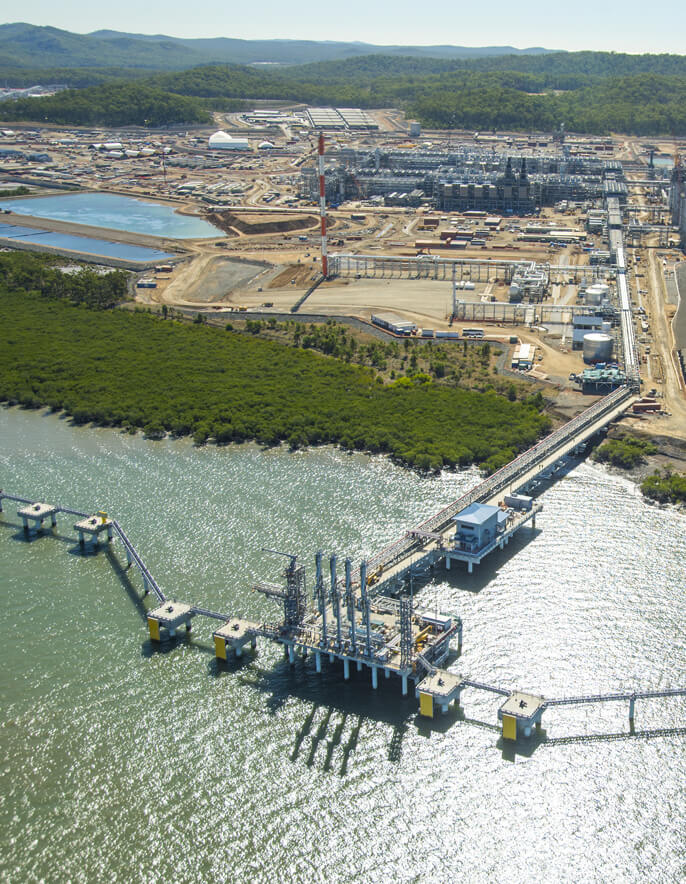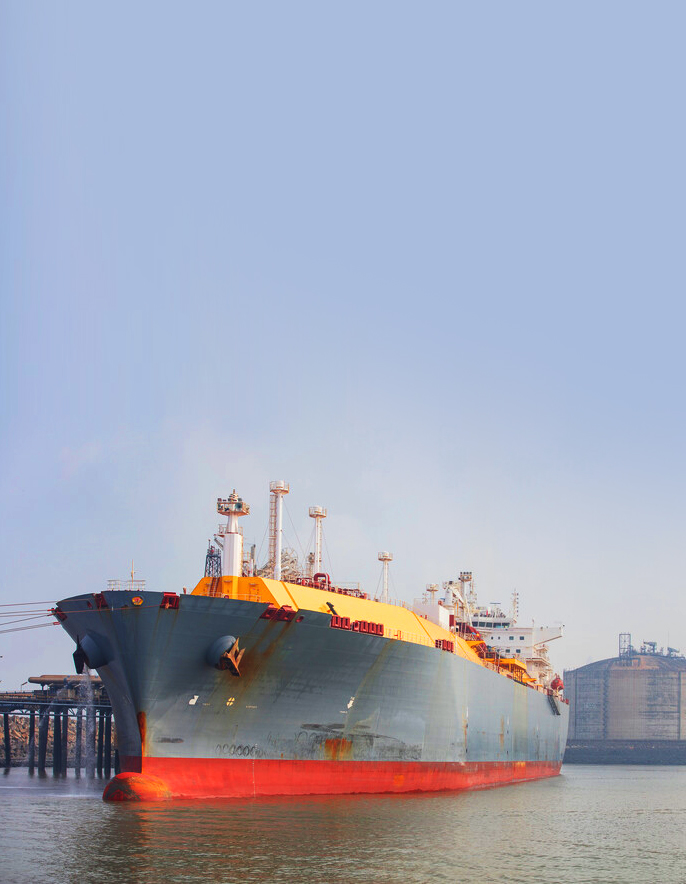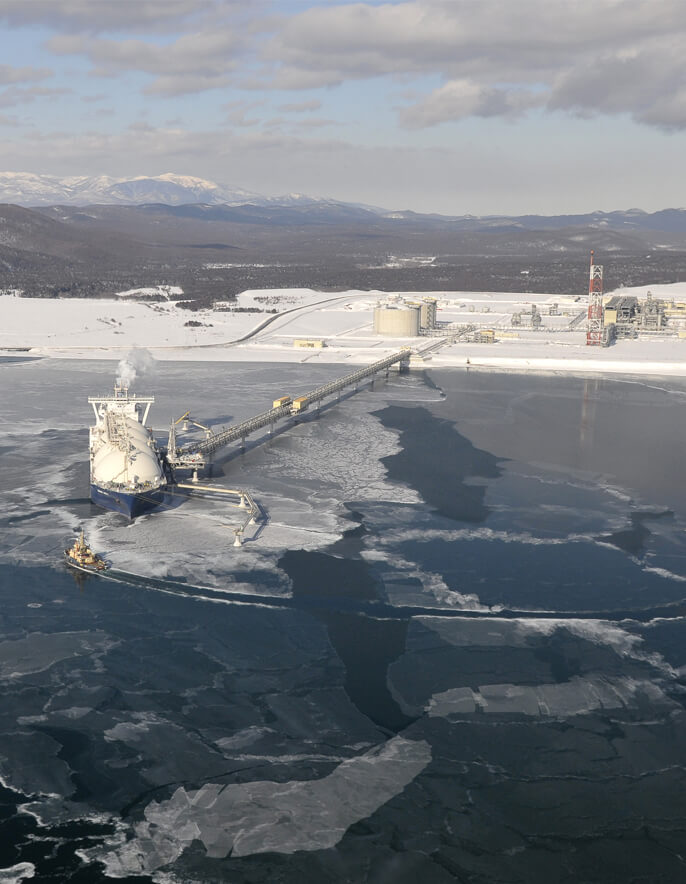LNG Outlook 2021
The Shell LNG Outlook, now in its fifth year, highlights key trends in 2020. It finds that global demand for liquefied natural gas (LNG) increased to 360 million tonnes. Though marginal, the increase in volume reflects the resilience and flexibility of the global LNG market in 2020, a year which saw losses to global GDP of several trillion dollars as economies large and small struggled to contain the COVID-19 outbreak. Demand in 2019 stood at 358 million tonnes.
China and India led the recovery in demand for LNG following the outbreak of the pandemic with both countries increasing their LNG imports by 11%. China’s announcement of a target to become carbon neutral by 2060 is expected to continue driving up its LNG demand through the key role gas can play in decarbonising hard-to-abate sectors. India increased imports, as it took advantage of lower-priced LNG to supplement its domestic gas production. Demand in Europe, alongside flexible US supply, helped to balance the global LNG market in the first half of 2020. However, supply outages in other supply basins, structural constraints and extreme weather later in the year resulted in higher prices.
Global LNG demand is expected to reach 700 million tonnes by 2040, according to forecasts, as demand for natural gas continues to grow strongly in Asia and gains further traction in powering hard-to-electrify sectors. As a result, more supply investment will be needed to avoid the estimated supply demand gap in the middle of the current decade.
With an increasing number of buyers and suppliers, the industry has evolved to offer a wider choice of commercial structures to meet changing needs. Against a backdrop of increasing Net Zero Emissions (NZE) targets, the industry will need to further innovate to offer cleaner energy supply.



